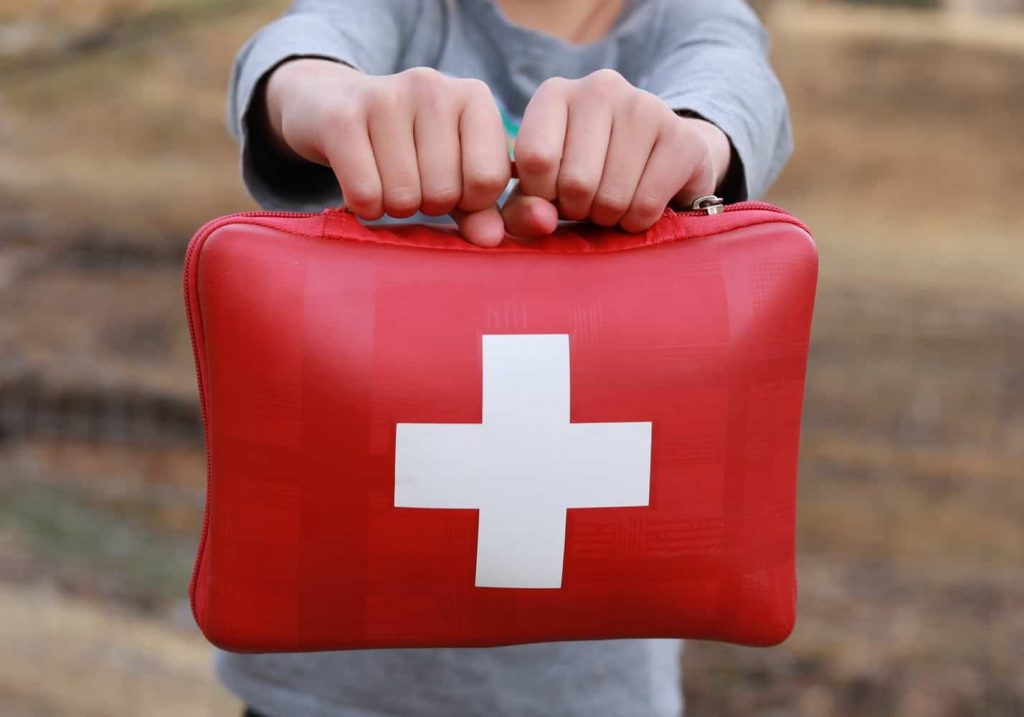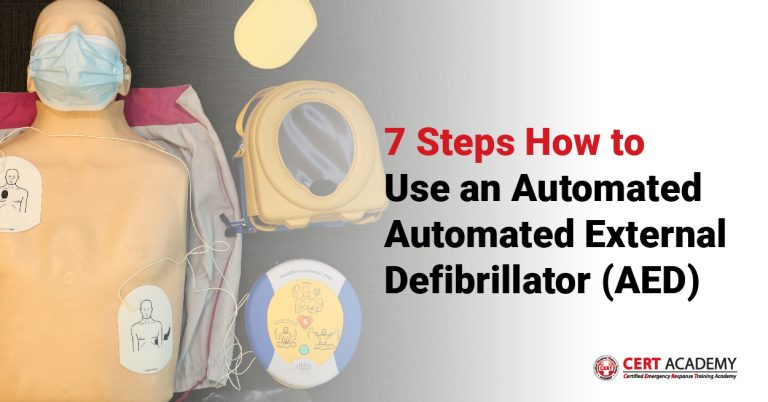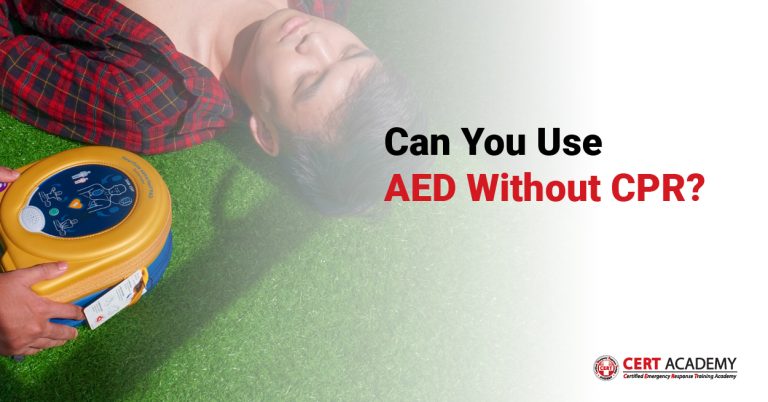Call Us +603-8066 8665
Essential First Aid that Kids Can Learn and Practice

Starting from primary school to secondary, first aid is one of the elements that kids can learn and practice by joining related clubs such as St.John Ambulance, or Red Crescent.
First aid training is a vital life skill and there is increasing pressure on schools to provide it as an integral part of the school curriculum. The initial request is for one hour of age-appropriate first aid training to be received by all school children every year. This is a token gesture but is a great start to empowering more children with these potentially life-saving skills. First aid training provides children with a vital knowledge base for dealing with any medical emergencies they may face with. In addition to any first aid training they may have at school, many teenagers are now also had join first aid courses that are customized to be learned by children around their age.
It is also important for kids to learn about CPR. In the UK, over 30,000 cardiac arrests a year occur outside of the hospital, but less than one in ten victims of cardiac arrest survive to be discharged from the hospital. CPR can double the chances of survival from out-of-hospital cardiac arrest. It is therefore vital that we equip more people with the skills, ability and confidence to help.
Simon Gillespie, Chief Executive of the British Heart Foundation has reported that; “Lives are needlessly lost to cardiac arrests every day because not enough people have the skills or confidence to perform CPR. But the simple measure of teaching all children these skills could save thousands of lives. All parties should now follow this example and commit to making CPR an integral part of every child’s education.” In Norway and Seattle where these skills are routinely taught in schools, the survival for Cardiac Arrest in the community is far higher than in the UK.
As for children and kids, there are lots of benefits from learning first aid. For older children and teenagers, a first aid course can really boost their confidence, so they feel fully prepared should they or their friends need first-line medical help. It can also help them with their school curriculum achievement, particularly if applying for a medically related subject. It can help with earning some money too; parents feel far more confident leaving their little ones with a teenage babysitter who is equipped with the skills to help if there is an accident, and Sports and kids clubs view first aid skills as a necessity for anyone wanting to work with them. Therefore, not only are first aid skills hugely valuable and potentially life-saving; the qualification gained is likely to increase a young person’s chances in this highly competitive world.
Hence, children need to learn this important skill. They can join nearby First Aid providers such as CERT Academy Sdn Bhd. First Aid for Life runs both practical and online courses specifically for young people. The children really enjoy the courses and are considerably more risk-aware and equipped to cope with emergencies as a result.
Not only does first aid for children help others, but a survey by the British Red Cross also revealed that 97% of young people believed training in first aid would improve their confidence, skills, and willingness to act in a crisis.
While we wholeheartedly support government plans to add CPR, defibrillator awareness and other lifesaving first aid skills to the national curriculum in secondary schools in England, we think a child is never too young to start learning how to save a life and would like to see first aid in schools across the country.

Here are our top four reasons why you should consider signing up for your child.
1. Confidence is key
When it comes to first aid, every second counts. A lack of confidence is usually cited as the most common reason that adults don’t react in a medical emergency. We want to eliminate this ‘bystander effect’ in the next generation by delivering first aid for children and giving young people the tools to act and save lives. First aid courses expose children to these situations in a controlled and safe environment and teach them how to respond.
2. Life is unpredictable
Life is unpredictable – we never know what’s around the corner. A sad fact of life is that, at any moment, someone near us could need first aid. However, only a third of UK adults say they wouldn’t attempt CPR. This could be part of the reason why only 1 in 10 people in Britain survive an out-of-hospital cardiac arrest. Meanwhile, in countries where CPR is taught in schools, as many as 1 in 4 survive. This showcases how teaching first aid in schools and instilling these life-saving training early on helps to equip young people with the ability to deliver fast and efficient first aid, and save lives.
3. Save yourself
As well as being able to care for and treat others, it’s always good for your child to know how to perform first aid to both themselves and their family, should the worst happen. In the same way that children are aware of potential threats from strangers and predators, they should know how to medically take care of themselves and those around them. It can provide you with peace of mind to know that your child understands how to react when you aren’t with them, or if it’s you that’s been taken ill.
4. Creating opportunities
First aid is a life skill that your child can build on as they grow. It can also be an advantage when getting into clubs or applying for an award within the school, such as The Duke of Edinburgh Awards. This can increase the chance of being accepted into a highly competitive environment and can even encourage young people into health care or key worker jobs.
In conclusion, kids also need to be exposed to how to act in times of emergency. They are a fast learner. Take advantage of their ‘sponge’ brain that could absorb any new information given thus will help in their character growth.



